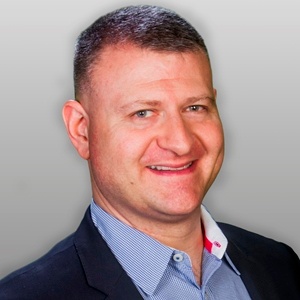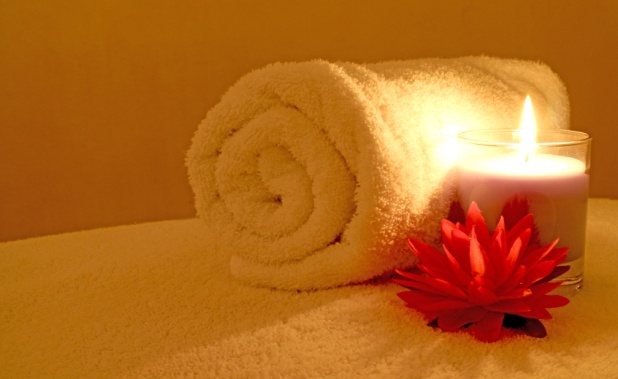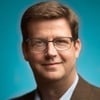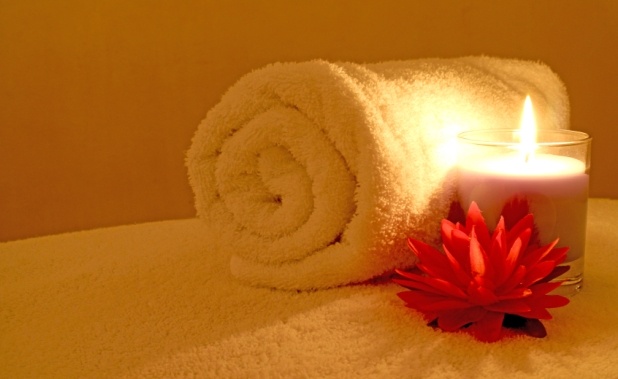Heller Search: Were you actively looking for a new CIO role?
George Hines: I wasn’t actively looking, but I knew what I wanted to do career-wise, and I knew I would eventually have to change companies to get the opportunity.
I had been the CIO at Viad Corp. for 5 ½ years. For the last 6 months there I was also head of innovation. Viad is a wonderful, 100-year-old company operating in the live event marketing, and travel and tourism spaces.
 After attending a Stanford University Executive Education program, I fell in love with design thinking. Design thinking, which is used by a lot of great companies including Apple, applies human centered design and innovation to rapidly and meaningfully transform customer experiences.
After attending a Stanford University Executive Education program, I fell in love with design thinking. Design thinking, which is used by a lot of great companies including Apple, applies human centered design and innovation to rapidly and meaningfully transform customer experiences.
I was able to bring my new passion and skills around design thinking back to Viad and transform many of our customer experiences. Next, I wanted the opportunity to transform experiences in a large business-to-consumer brand.
How did you hear about the CIO opportunity at Massage Envy?
I got lucky. I received a call from an executive search firm who was recruiting the CIO role at a large consumer brand here in Phoenix with an emphasis on digital innovation. It sounded exactly what I was looking for in my next role.
Can you expand on what it was you were looking for?
I wanted to be a cross between a Chief Innovation Officer and a CIO, to bring my technology skills to the table to spearhead a major initiative aimed at transforming an end-customer experience, and employee experiences. I really wanted to do work that would have a meaningful impact on the lives of people. That is what I was looking for in my next position.
What was it about your professional background that was attractive to Massage Envy?
One thing: differentiation through innovation. They were looking for someone who had impacted customer experience through digital asset experience. At Viad we had done a lot of work on transforming experiences on tourist attractions, and we introduced new technologies at live events.
How did you prepare for your interviews?
I was impressed by the profiles written by an executive recruiter for some candidates we were interviewing at Viad, which gave me the idea to put together a profile of my own to help me focus on the points to hit, but also to dispel every possible objection.
For example, I was waiting for someone to say, “You haven’t spent ten years in retail.” “No POS experience!” I was ready for these objections.
What was your interview strategy?
My strategy was to demonstrate why I was different from the pack of other CIOs out there. I provided concrete examples of the digital innovation work I’d done at Viad. I didn’t talk about my resume, and instead I told stories about how the initiatives I had led impacted people’s lives—how they made the lives of trade show exhibitors better. Then I related that to what I knew about retail. I had hospitality industry experience but not retail.
I love to challenge myself and so, in 2012 I went through a nine-day extreme Navy Seal training experience designed for civilians. I made it through to the end and it was the biggest character building experience of my life. It teaches you to move from ‘How am I EVER going to get this done?’ to simply ‘How do I get this done?’
I brought this up with one of the interviewers who was former Air Force. He really loved hearing about it and it became something that was talked about throughout the interview process with all the interviewers.
What did you learn about the company and the role while interviewing?
They were very up front with me about the gap in IT investment. They needed someone to step back and look at the entire picture.
I heard some various points of view about what people expected of the role, which made me realize that I would have work to do as far as alignment on what it is that the CIO would do. So I turned the interviews into conversations, rather than blindly answering questions, and I focused on delivering a consistent message and noticed that, over time, people started to get on the same page.
I began to set expectations during interviews. There were a lot of technology investments we would need to make, but not all of them had the same priority. For example, when your primary objective is customer experience, a new payroll system is not the top priority.
How did you prepare to start your new role?
I did three things before I started the job.
First I created a 180-day plan. I had insight into the biggest challenges and I knew that more than 90 days was required. It was stated in my plan that after the first 90 days, I would have the right team in place that was aligned with the objectives of the company. That was important.
Second, I reached out to several of my soon-to-be fellow executives for one-on-one discussions. I asked them about their top initiatives and where they saw the biggest opportunities for improvement. These also helped me write the 180-day plan.
Third, I visited a few Massage Envy locations to absorb the customer experience for myself. I talked to the franchisees and the staff members about their processes, the technology they were using, and their biggest challenges. The more you observe people doing their jobs and listen to them and exercise true empathy, the better position you are in to help them get their job done better, and improve the customer and employee experience.
From day one, what are some of the concrete steps you took to learn the business and build relationships?
First and foremost, there were a lot of one-on-one meetings with the executives at the director level and above. Also, with everyone on my leadership team, and with each group as a team, such as the Help Desk. This helped me to get to know them and hear what they had to say. I wanted to just listen and understand.
I also spent a month in the field at the franchise locations. I worked behind the counter, turned down massage tables and performed every other role except that of licensed massage therapist or esthetician. I asked the staff to tell me anything on their minds, and had them show me the systems they used and how they used them.
This field work became the catalyst for an exciting strategic project we are doing right now.
Can you share any details about this project?
Originally everyone was talking about the need for a new point-of-sale (POS) system. But what I learned in the stores was that by democratizing the ability to easily match each customer with the right therapist, we could transform and massively improve both the customer and employee experience.
Prior to going out in the field I didn’t know that each massage therapist’s technique is unique. No two therapists are the same. Some have been schooled in sports injuries, while other specialize in arthritis treatment, or relaxation techniques, for example.
And because of that, we needed a system for matching therapists to customers that was fast and efficient. When I was still in the ideation phase, showing various people my paper prototypes and explaining how it would work, it was music to their ears.
At the leadership summit attended by all our franchisees, we had a tech innovation booth set up where they could give us feedback on our in-store app. We even did some rapid design sessions right there in the booth and received a ton of great ideas.
How did you get the buy-in you needed back at corporate?
Instead of the usual PowerPoint presentation, I took our board members on trips to locations, and walked them through the in-store processes from the customer’s and the employee’s point of view. Along the way I stopped and explained, “Here is where we can innovate.” ”Here is where we can impact the experience with digital.”
Now, at every board meeting we talk about the in-store experience in the same way.
What changes have you made to the IT organizational structure?
We have injected new skills around program management and application architecture, and also product development. These are products we are building, not platforms, and they need to be designed by our customers, not IT.
We have a new chief information security officer (CISO), and I promoted someone from within who is now responsible for all IT infrastructure and operations.
What advice do you have for sitting CIOs thinking about the move to a bigger role?
First, look inside your own organization. Figure out where your front line is, then go out to your front line and see if there are opportunities for you to change their lives. If there are, there may be more opportunity for you in the job you currently have. Most CIOs fail to really get to know the front line.
About George Hines
Based in Scottsdale, AZ, Massage Envy provides therapeutic massage and skincare services through its 1,100 franchise locations in 49 states. As chief information officer, George Hines oversees Massage Envy's technology platform and drives the adoption of innovative technologies to better serve its franchisees' customers, therapists and employees. He previously served as chief information officer and global head of innovation at Viad Corp. Hines holds a B.S. in Management Information Systems from Millikin University and completed Executive Education at Stanford University's Graduate School of Business and the Hasso Plattner Institute of Design with particular emphasis on design thinking and innovation.


Written by Steve Rovniak
Steve Rovniak served as Executive Director, Marketing and Media at Heller Search Associates from 2012 to 2023.



